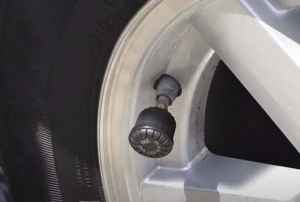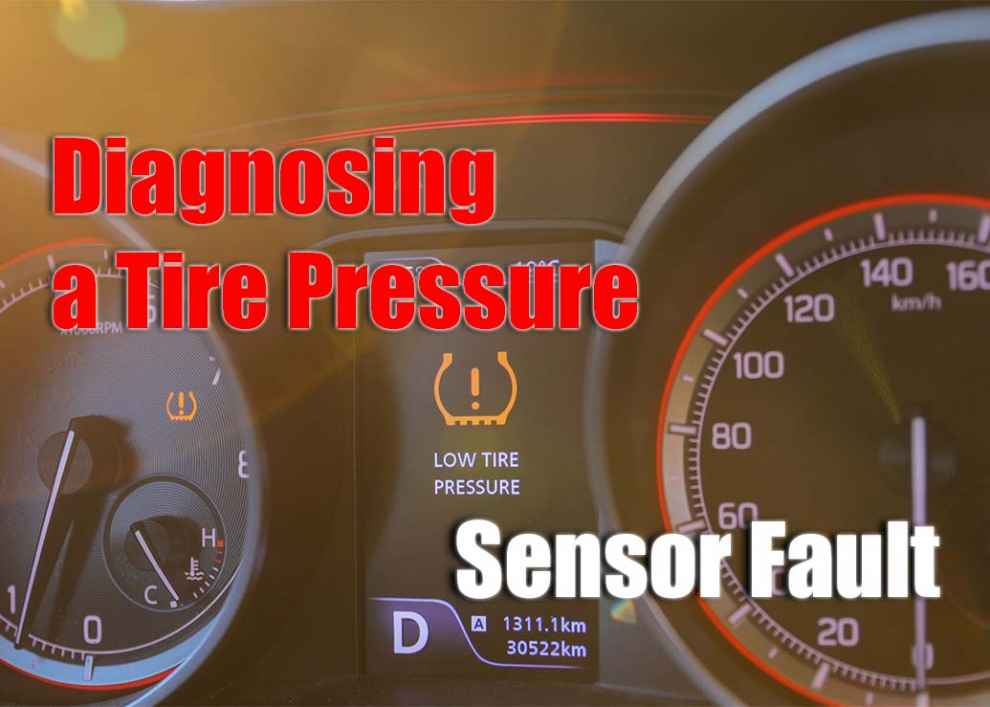Tire pressure sensor faults can be serious and should be addressed quickly. In this article, we’ll cover the basics of tire pressure sensors, how they work and what types of faults you may encounter. We’ll also talk about how to diagnose these issues and take the appropriate corrective actions.
What is a Tire Pressure Sensor?
A tire pressure sensor is an electronic device that measures the air pressure in your tires and sends a signal to your car’s on-board computer, which then alerts you if it detects any abnormalities. Depending on your vehicle model, the sensor is typically located inside the tire valve stem or mounted externally near the wheel rim.
How Does A Tire Pressure Sensor Work?

Common Types of Tire Pressure Sensors Faults
A few common types of fault can occur with tire pressure sensors, these include:
- Low/high tire pressure warning: If the signal from the sensor indicates that the tire pressure is either too high or too low, this can trigger an alert in your car’s computer.
- Sensor failure: If there is a problem with the sensor itself, you may get an error message indicating that the sensor has failed.
- Corrosion or dirt buildup: Dirt and corrosion on the sensor can cause interference with its signal, resulting in inaccurate readings.
How to Diagnose a Tire Pressure Sensor Fault
Diagnosing a tire pressure sensor fault can be tricky and should only be done by a qualified mechanic. The first step is to check all of your tires for any visible signs of damage such as flat spots or punctures before checking their air pressure with a gauge. Once you know what type of fault you have (low/high tire pressure warning, etc.) you’ll then need to determine if it’s caused by a problem with the sensor itself (such as dirt buildup) or something else such as incorrect air pressures in your tires. Your mechanic will then use specialized diagnostics equipment to detect any faults within your car’s on-board computer system and make the necessary repairs. Also read about cold and warm tire pressure.
Conclusion
Tire pressure sensor faults can be serious and need to be addressed quickly. Knowing what types of faults you may encounter and how to diagnose them is important in ensuring the safety of your vehicle and its occupants. If you think your car may have a tire pressure sensor fault, it’s best to take it to a qualified mechanic as soon as possible for diagnosis and repair.

Add Comment